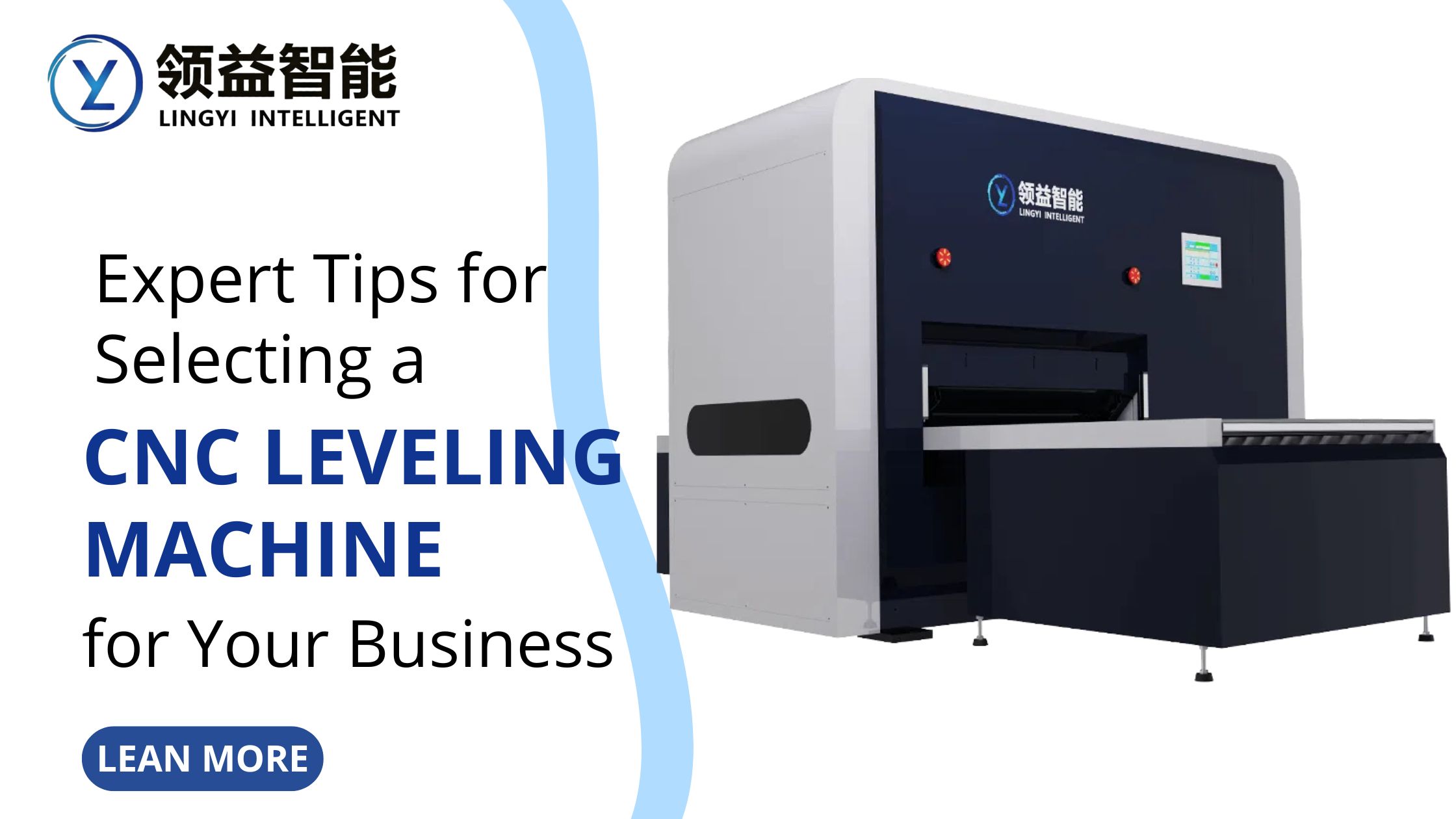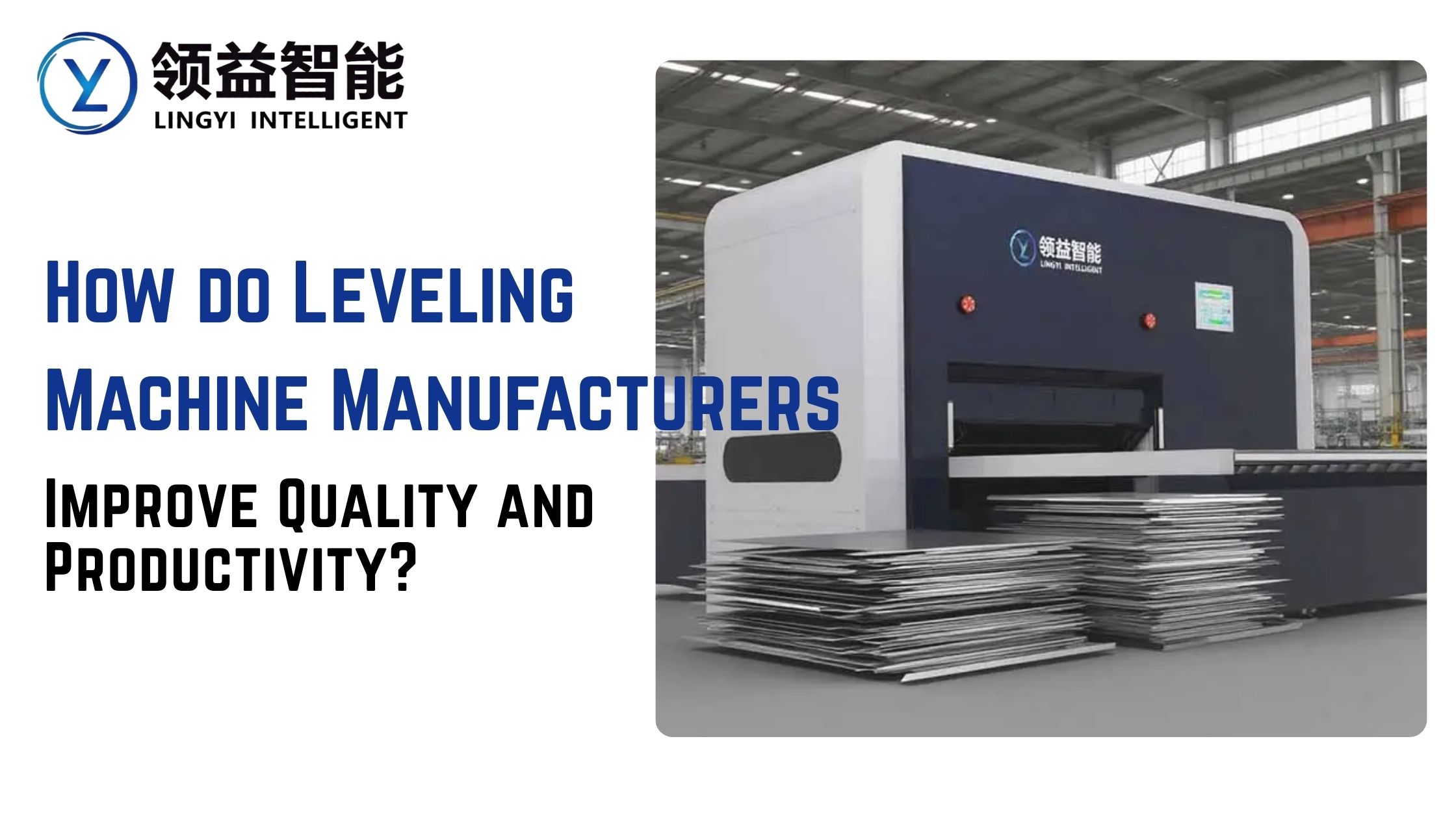At imachine, we often get asked about Manual vs automatic deburring machines and which option delivers better results for manufacturers. Understanding the difference and advantages of each can save time, reduce costs, and improve production quality. In this blog, we’ll explore the key aspects, help you evaluate options, and guide you to the most effective solution for your manufacturing process.
Deburring is essential to remove sharp edges, burrs, and unwanted material from metal and other components. Choosing between manual and automatic methods impacts product accuracy, efficiency, and overall cost. The right decision ensures smooth operations and high-quality finished products.
Did You Know?
Automatic deburring machines deliver precise, repeatable results at high speed — perfect for industries like automotive and aerospace where accuracy is everything.
Understanding Manual vs Automatic Deburring Machines
When comparing manual vs automatic deburring machines, the choice depends on your production scale and precision requirements. Manual deburring uses hand tools or simple machines, giving operators complete control over the finish. This method is suitable for small batches, intricate components, or situations where flexibility is necessary.
Automatic deburring machines, on the other hand, streamline the process for high-volume production. These machines, often integrated with automatic manufacturing machines, deliver consistent results and reduce human error. For manufacturers, the decision often boils down to balancing precision, speed, and cost.
Manual vs Machine Accuracy in Deburring
One of the biggest considerations in manufacturing is accuracy. Manual methods allow skilled operators to target delicate areas, which is crucial for complex components. However, human limitations can lead to inconsistencies, especially with large-scale production.
Automatic machines offer repeatable precision, maintaining uniformity across thousands of parts. Machines such as a burr removing machine are designed to meet stringent tolerance requirements. This makes automatic deburring a reliable choice when accuracy is critical.
Cost-Effective Deburring Solutions for Manufacturers
For many businesses, cost plays a decisive role. Manual deburring is inexpensive initially, as it requires minimal equipment investment. But labor costs, time, and potential errors can increase long-term expenses.
Automatic systems have a higher upfront cost but can be more cost-effective deburring solutions for manufacturers in the long run. By reducing labor requirements and minimizing mistakes, these machines optimize production efficiency, making them an investment that pays off for medium to large operations.
Which Deburring Method is Best for Manufacturers?
So, which deburring method is best for manufacturers? The answer is context-dependent:
- Small-scale production or custom parts – Manual deburring is ideal due to flexibility and control.
- High-volume manufacturing – Automatic deburring machines ensure consistent quality, speed, and lower error rates.
- Complex shapes or sensitive materials – Manual methods allow nuanced handling to avoid damaging parts.
- Standardized metal components – Automatic systems like belt sander machines are efficient and reduce cycle times.
Evaluating your production needs and the type of components being processed will guide your choice effectively.
How to Choose Between Manual and Automatic Deburring?
Choosing the right deburring solution requires assessing multiple factors. Ask yourself:
- What is the production volume?
- Are parts intricate or simple?
- How important is uniformity and precision?
- What is the long-term budget for labor and equipment?
- Will the machine integrate with existing workflows?
By answering these questions, manufacturers can decide whether manual vs machine accuracy in deburring aligns with operational goals. It is also important to consider future expansion and how easily processes can scale with automatic solutions.
Is Manual Deburring Better Than Automatic?
The debate often arises: Is manual deburring better than automatic? Both have merits:
- Manual offers adaptability and lower upfront costs.
- Automatic guarantees consistency, higher speed, and integration with other production systems.
For critical industries like automotive or aerospace, automatic machines reduce the risk of defects. On the other hand, artisanal or low-volume manufacturing may still prefer manual deburring to maintain hands-on control.
Interlinking the Right Tools for Deburring
Effective deburring often requires using the right combination of tools. Alongside manual or automatic machines, incorporating devices like Slag Removal Machines and belt sander machinery can improve surface finish and reduce secondary processing time. These tools complement the deburring process, ensuring cleaner edges, better aesthetics, and longer-lasting components.
For factories integrating automatic solutions, using a cargo van conversion or modular setup may improve mobility and efficiency on larger production floors. Pairing specialized equipment with the right workflow leads to a significant boost in productivity.
Making the Final Choice
Selecting between manual vs automatic deburring machines depends on production requirements, accuracy needs, and long-term cost considerations. Manual methods suit small or custom projects, while automatic machines enhance efficiency and consistency in large-scale manufacturing. By understanding your workflow and pairing the right equipment, manufacturers can achieve the best possible results.
For businesses seeking reliable and high-quality deburring solutions, Trust Imachine to provide guidance and cutting-edge equipment that aligns with your production goals.
Explore More:
Who Are the Best Deburring Machine Manufacturers in 2025?
Key Takeaways:
- Manual vs automatic deburring machines serve different purposes based on production scale and part complexity.
- Manual methods offer flexibility but may lack consistency in high-volume production.
- Automatic systems provide repeatable accuracy and are suitable for long-term cost savings.
- Choosing the right method involves evaluating production needs, cost, and precision requirements.
- Supplementing deburring with additional tools like burr removing machines and belt sander machines enhances results.
Frequently Asked Questions
Q1. What are the main differences between manual and automatic deburring?
Manual uses hand tools with flexibility, while automatic provides consistent, high-volume precision.
Q2. Are automatic deburring machines expensive?
They have a higher initial cost but reduce labor expenses and defects, making them cost-effective over time.
Q3. Can manual deburring achieve high accuracy?
Yes, skilled operators can achieve precision, but maintaining consistency across large batches is challenging.
Q4. Which industries benefit most from automatic deburring?
Automotive, aerospace, and large-scale manufacturing industries gain the most due to high-volume requirements and strict quality standards.
Q5. Are there hybrid options between manual and automatic deburring?
Yes, semi-automatic systems combine human oversight with machine precision, providing flexibility and accuracy.



